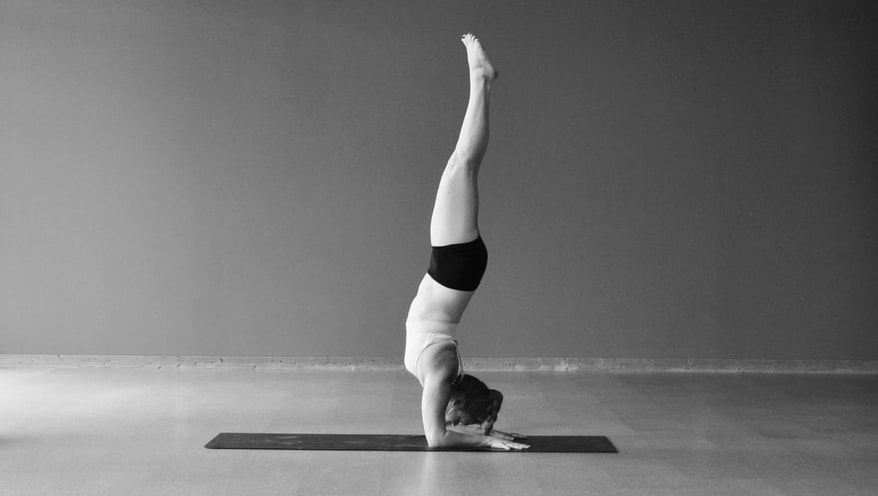|
The body is the first step on the path of stillness. We must learn to make the body strong and energized while being calm and present. This is a type of strength and physicality we are not used to in the modern world.
In today’s world, the body is often thought of as an unfortunate and failing reality we have to deal with that must be conquered through mental will power, fitness, food, drugs or surgery. When the body doesn’t do what we think it should, we curse it, ignore it or cut it open. On the path of yoga, the body is a gateway toward realization, not an interruption. We might live with other people but we live in our body. If we cannot hear what our own body is telling us, it is hopeless to think we can make more subtle connections with what we think or who we are. If we cannot connect with our body, how will we connect with anyone else? If we cannot feel the harm we do to ourselves, we will never comprehend the harm we do to others. Our body is a source of strength that we can tap into, but we must treat it as such. With time, the strength we cultivate in the body will lead us to realize we can stand still in the middle of our lives and wait for the answers we are looking for. There are many ways to make the body strong, like weight lifting, running and calisthenics. But yoga is unique in its ability to teach awareness of the body. On the path of yoga, we begin by putting the body in physical positions called postures or asanas. Each posture has a set of physical benefits. They require distinct combinations of strength and flexibility. The benefits surface when we contract and relax the muscles as prescribed in each asana, while bringing stillness into the body and mind. In this way, we feel exactly what comes up in the body and learn to relax around it. In asana, we learn to sift through pain, injury, exhaustion, ego, drive, focus, tension and countless other fluctuations that surface when experiencing the body. The body is the first way in which we associate with the power of stillness. Through the body, we learn how to listen. We learn how to work in harmony with the tools we have, not in a state of inner conflict. If we cannot listen to the body, we cannot listen to the breath, and we certainly cannot listen to the mind with any deep level of awareness.
0 Comments
Leave a Reply. |
AUTHORSScott & Ida are Yoga Acharyas (Masters of Yoga). They are scholars as well as practitioners of yogic postures, breath control and meditation. They are the head teachers of Ghosh Yoga.
POPULAR- The 113 Postures of Ghosh Yoga
- Make the Hamstrings Strong, Not Long - Understanding Chair Posture - Lock the Knee History - It Doesn't Matter If Your Head Is On Your Knee - Bow Pose (Dhanurasana) - 5 Reasons To Backbend - Origins of Standing Bow - The Traditional Yoga In Bikram's Class - What About the Women?! - Through Bishnu's Eyes - Why Teaching Is Not a Personal Practice Categories
All
Archives
May 2024
|







 RSS Feed
RSS Feed